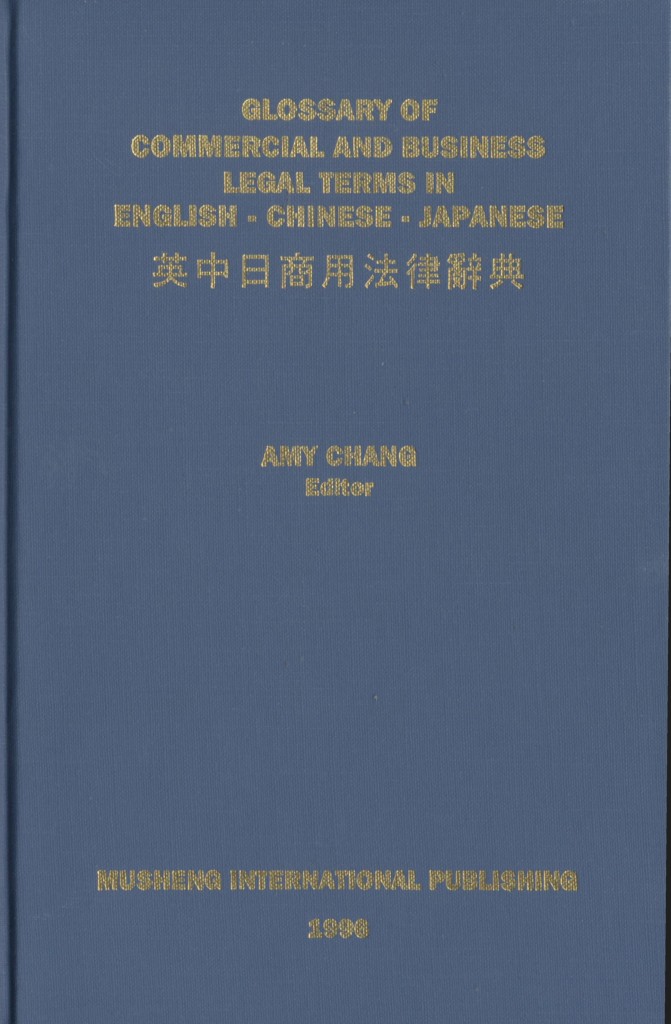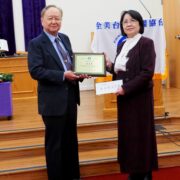Glossary of Commercial And Business Legal Terms in English – Chinese – Japanese 英中日商用法律辭典
During recent decades, commercial and business activities in the Far East Pacific Rim countries have been dynamic and flourishing. The economic development and impact of this region have continued to exhibit tremendous growth. Concurrently, the need for understanding commercial and business legal terms has also grown dramatically. Business regulations, contract, correspondence and business information gathering needs have grown at a faster pace than the development of tools designed to facilitate Pacific Rim trade.
This glossary is intended to help fill the growing needs of those who engage in commercial and business activities. It will serve as a reference tool for those working in English speaking countries as well as in Pacific Rim countries.
The English language represents the Western world, while the two major languages represented in the Far East are Chinese and Japanese. Thus, text is arranged in three columns: English is listed first in alphabetical order. The second column contains Chinese terms including their transliterations in both Wade-Giles and Pinyin romanization systems. The third column is Japanese terms, including transliteration using a modified Hepburn romanization system.
The three standard romanization systems have been included to facilitate indexing and locating appropriate terms. More importantly, the romanization features will help users access the world’s large automated bibliographic utilities, such as OCLC, RLIN, WLN or Library of Congress and local library computer systems throughout the United States for retrieving Chinese and Japanese materials.
Under the Chinese terms, the Wade-Giles transliteration is listed first; followed by the Pinyin transliteration. When a term would be spelled the same using both the Wade-Giles and the Pinyin systems, only one transliteration is listed.
The majority of Japanese terms includes Hiragana and Kanji (Chinese characters). In cases in which no Kanji exist for the term; only Katakana is used for transliteration of the foreign terms. Please note also thatis used to indicate the repetition of the preceding Katakana transliteration.
Parenthesis () are used to show supplementary or explanatory notes, and partial or optional terms. Romanizations are provided for supplementary notes only, and not for explanatory notes or for partial or optional terms.
The Chinese and Japanese terms listed in the glossary correspond with English terms; however, the Chinese and Japanese terms listed as corresponding to an English term do not in all instances correspond with each other on the same line.
Users’ comments are always welcome. Any suggestions for improving future editions of this glossary would be sincerely appreciated.
Amy Chang
Editor April 1995
Posted in 2015/01






